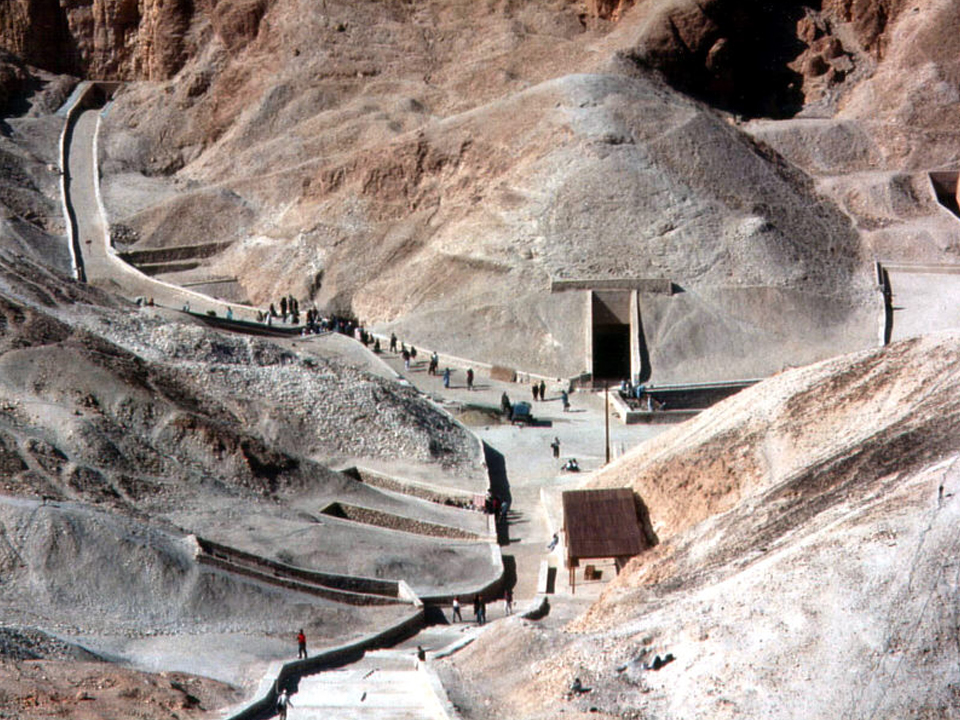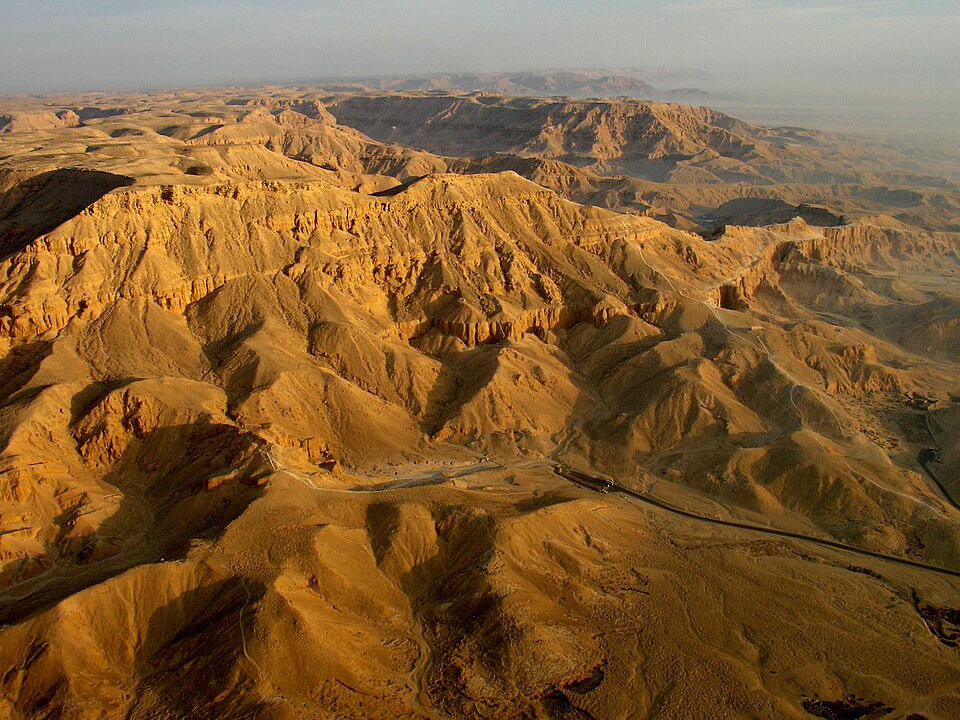The Valley of The Kings & The Valley of The Queens


Beginning with the great woman king Hatshepsut, New Kingdom pharaohs were buried in what is now called the Valley of the Kings, with their queens, sons, and daughters being buried in the nearby Valley of the Queens. These tombs were carved into the side of the valley on the western bank of the Nile, near Thebes.
A majority of these tombs are made up of long corridors with branching chambers. The walls were highly decorated with carvings and paintings that depicted the king’s life and afterlife. Grave goods of all kinds were stored in the various chambers. The king was entombed inside, sometimes alone, sometimes not, and then the tombs were sealed–ideally forever.
Unfortunately for the Egyptians, that was not the case. The tombs have been mined for their wealth, either on orders from local government, as is the case in the Third Intermediate Period, or as grave robbing, which still continues today.
Over 60 tombs have been discovered in the Valley of the Kings so far, and over 100 have been found in the Valley of the Queens.

At-A-Glance
- The first person to be buried in the Valley of the Kings was Hatshepsut, one of Egypt’s most famous woman kings.
- Tombs were carved into the valley walls, with long corridors and branching chambers.
- In the Third Intermediate Period, the Valley of the Kings was mined for its wealth, as is still common today.


